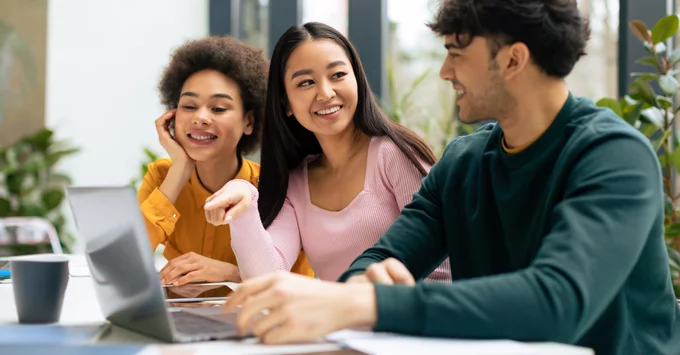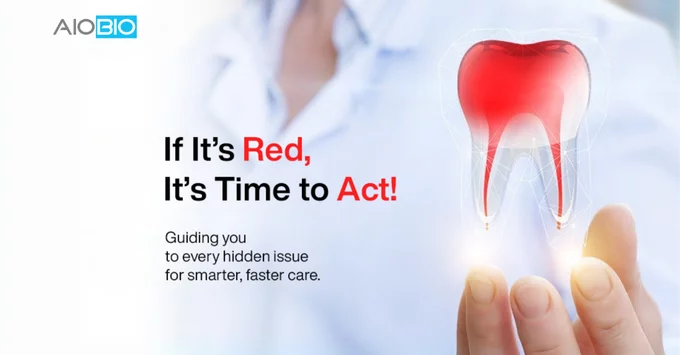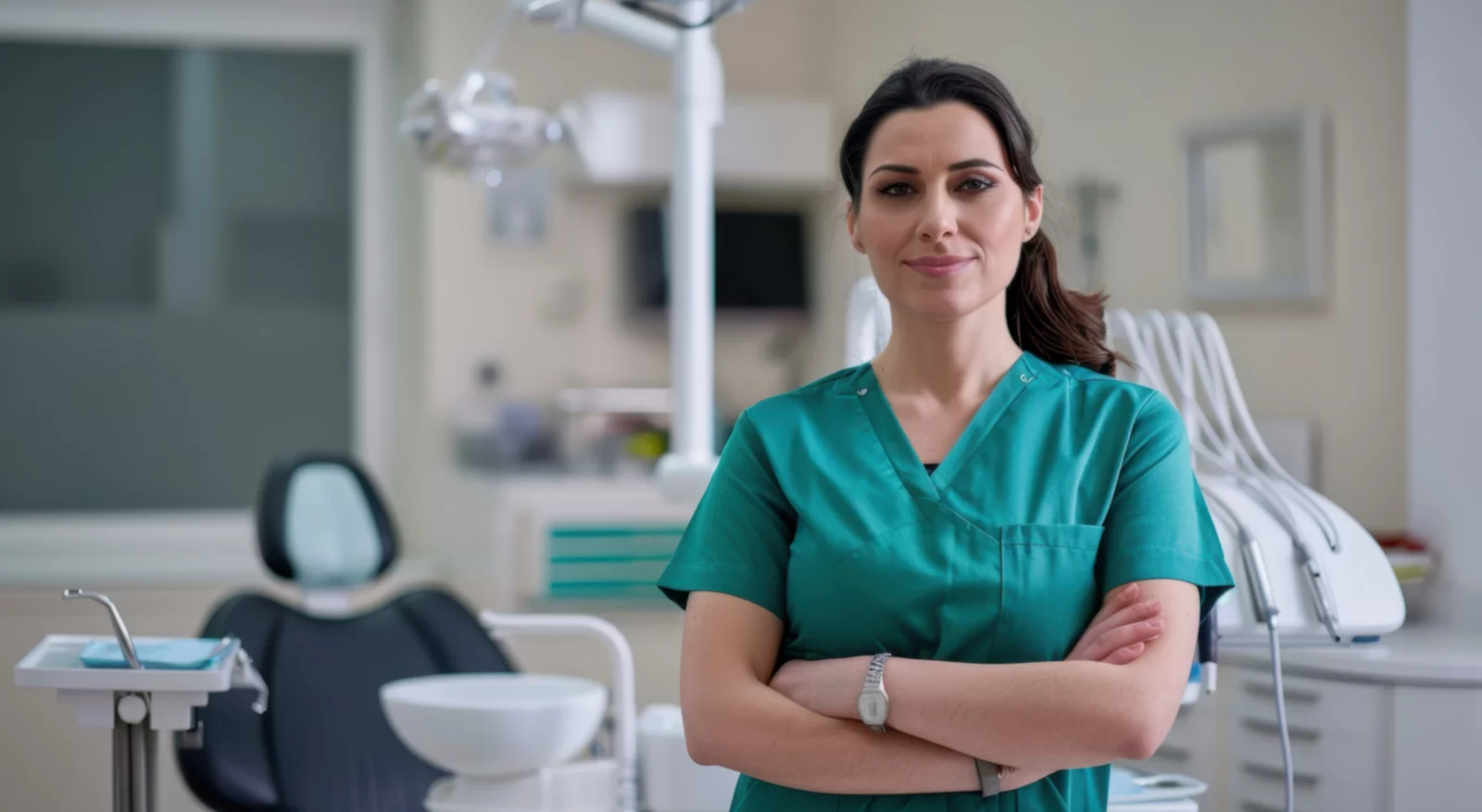By Dr. Sonika Masih, EdD, BDS, RDH, FADHA and Dr. Anitha Peddireddy, BDS, MS, PhD
July 28, 2025
Don’t miss Dr. Masih’s session at ADHA25 in Long Beach, CA on Sunday, October 5 – ED15: Enhancing Teaching Effectiveness with the Flip Classroom Model.
The traditional classroom model, characterized by instructor-led lectures delivered during class time followed by student engagement with assignments and practice at home, has long been the standard approach in education. While this method provides structure, it often places students in a passive role during lectures and reserves active learning for outside the classroom, where access to immediate guidance is limited. Students can see this as “boring” and “hard”.1
 In response to this limitation, the flipped classroom model has emerged as a transformative pedagogical approach to enhance teaching effectiveness, student engagement, and learning outcomes. Today, much focus is on student engagement in higher education, which relates closely to behavioral engagement in the classroom. This behavioral engagement occurs when students actively engage in activities, are involved, and participate in the classroom.2 One of the methods to do so is the flipped learning classroom, which helps engage students and creates a unique learning environment.
In response to this limitation, the flipped classroom model has emerged as a transformative pedagogical approach to enhance teaching effectiveness, student engagement, and learning outcomes. Today, much focus is on student engagement in higher education, which relates closely to behavioral engagement in the classroom. This behavioral engagement occurs when students actively engage in activities, are involved, and participate in the classroom.2 One of the methods to do so is the flipped learning classroom, which helps engage students and creates a unique learning environment.
In the flipped classroom model, the sequence of instructional delivery is reversed. Instead of introducing new concepts through in-class lectures, students are first exposed to course content before class, typically through pre-recorded video lectures, assigned readings, and online quizzes. “The Flipped Learning Network (FLN) defines flipped learning as a pedagogical approach in which direct instruction moves from the group learning space to the individual learning space”.2 These materials are carefully curated to align with the learning objectives and are made available to students in advance. Reviewing this content before attending the lecture prepares students with a foundational understanding of the subject material. This pre-class preparation empowers them to engage more actively in classroom activities, collaborative projects, and critical discussions. This shift from passive to active learning during class time improves the quality of student engagement.
Walsh et al. suggested four pillars (FLIP) for instructors to incorporate into their teaching for it to work effectively: Flexible Environment, Learning Culture, Intentional Content, and Professional Educator” (p.1).
- A flexible learning environment allows students access to the material anytime, anywhere. Students can conveniently access recorded video lectures, accommodating different learning styles and paces.
- Learning culture in the flipped learning approach is learner-centered rather than traditional, where the instructor is the primary source of information.
- Intentional content refers to situations where the face-to-face assignments and activities are designed to have students participate actively in learning.
- The last pillar refers to situations where the professional educator serves as the facilitator of learning.
In the flipped classroom approach, students listen to the prerecorded lectures before they come to the class and actively engage in collaborative discussions and assignments to apply what they have learned. This transforms the students from passive to active learners, improves their teamwork abilities, and develops critical thinking.3 To have a successful experience with flipped classroom teaching, the process must include preparing and recording lectures, discussing questions, in-class activities, and quizzes.
include preparing and recording lectures, discussing questions, in-class activities, and quizzes.
Shen & Chang informed that deeper learning is important today, and teaching and learning should not be just on the surface. Deeper learning interests’ students to relate to the new material and requires them to think critically, analyze, and apply the knowledge to problem solving. It creates a unique learning environment where students gain skills for success in society and their profession. Deeper learning involves six components: “mastery of core academic content, critical thinking, and problem solving, effective communication, ability to work collaboratively, learning-to-learn, and academic mindsets” (p. 1325). These can be achieved by having effective instructional strategies and including activities in the learning environment.
Faculty can use real-world scenarios to help students better understand the concepts. Interactive teaching enhances communication and collaboration skills and positively affects interpersonal growth. Shen & Chang describe different stages of the flipped classroom:
a) Pre-class learning stage,
b) In-class collaboration and internalization stage, and
c) Post-class expansion and innovation stage.
Phillips et al. (2022) noted that the flipped classroom has many benefits, such as student satisfaction, increased retention in flipped classroom settings, learner motivation, and faculty maintaining their interest in teaching using different methods.4 There could be challenges initially requiring much time for instructors to prepare and record lectures and find activities to align with the course’s learning outcomes. This model needs creativity to make it engaging. However, the materials created can be used for later years. Despite the challenge of using more time initially, the FLIP classroom creates a deeper learning experience by helping students to engage, think critically, and also helps with developing learning strategies, such as learning how to learn. Additionally, preparing before class helps students identify areas of confusion and come to class prepared to seek clarification.
In conclusion, the flipped classroom model represents a significant shift in instructional strategy that places students at the center of learning. This approach improves engagement in the classroom, accommodating multiple learning styles to reach every student. Learning in a flipped classroom is a student-centered approach. When implemented thoughtfully, the flipped classroom has the potential to significantly enhance teaching effectiveness and create a richer, more interactive educational experience for students.
____________________________________
References
- Sailsman, “Using the Four Pillars of FLIP to Implement Flipped Learning in an Undergraduate Nursing Research and Evidence-Based Practice Course,” Nursing Education Perspectives 42, no. 6 (2021): E165–E167, https://doi.org/10.1097/01.NEP.0000000000000766.
- N. Walsh, M. P. O’Brien, and Y. Costin, “Investigating student engagement with intentional content: An exploratory study of instructional videos,” The International Journal of Management Education 19, no. 2 (2021): 100505, https://doi.org/10.1016/j.ijme.2021.100505.
- Shen and C.-S. Chang, “Implementation of the flipped classroom approach for promoting college students’ deeper learning,” Educational Technology Research and Development 71, no. 3 (2023): 1323–1347, https://doi.org/10.1007/s11423-023-10186-4.
- Phillips and F. Wiesbauer, “The flipped classroom in medical education: A new standard in teaching,” Trends in Anaesthesia & Critical Care 42 (2022): 4–8, https://doi.org/10.1016/j.tacc.2022.01.001.
____________________________________
 Dr. Sonika Masih, Ed.D., BDS, RDH, FADHA, is an Assistant Professor at Minnesota State University, Mankato, where she teaches dental hygiene and dental therapy students. A trained dentist from India, Dr. Masih has been actively contributing to the dental field since 1999 and is an active ADHA member. She brings extensive expertise and a global perspective to her teaching and practice. Her primary research focus is on advancing equity in oral health and education.
Dr. Sonika Masih, Ed.D., BDS, RDH, FADHA, is an Assistant Professor at Minnesota State University, Mankato, where she teaches dental hygiene and dental therapy students. A trained dentist from India, Dr. Masih has been actively contributing to the dental field since 1999 and is an active ADHA member. She brings extensive expertise and a global perspective to her teaching and practice. Her primary research focus is on advancing equity in oral health and education.

Dr. Anitha Peddireddy, BDS, MDS, PhD, brings more than 25 years of diverse private practice experience across India, Denmark, Australia and the U.S. to her role as Program Director for Advanced Dental Therapy (MS-ADT) and Assistant Professor at Minnesota State University, Mankato. Integrating academic expertise with real-world insights, Dr. Peddireddy offers a comprehensive perspective to her students and colleagues. Her commitment to mentorship and leadership fosters excellence in patient care and education. Dedicated to addressing oral health disparities, her work focuses on expanding access to care in rural and underserved communities. Dr. Peddireddy’s research and initiatives emphasize person-centered care and equity in oral health.



